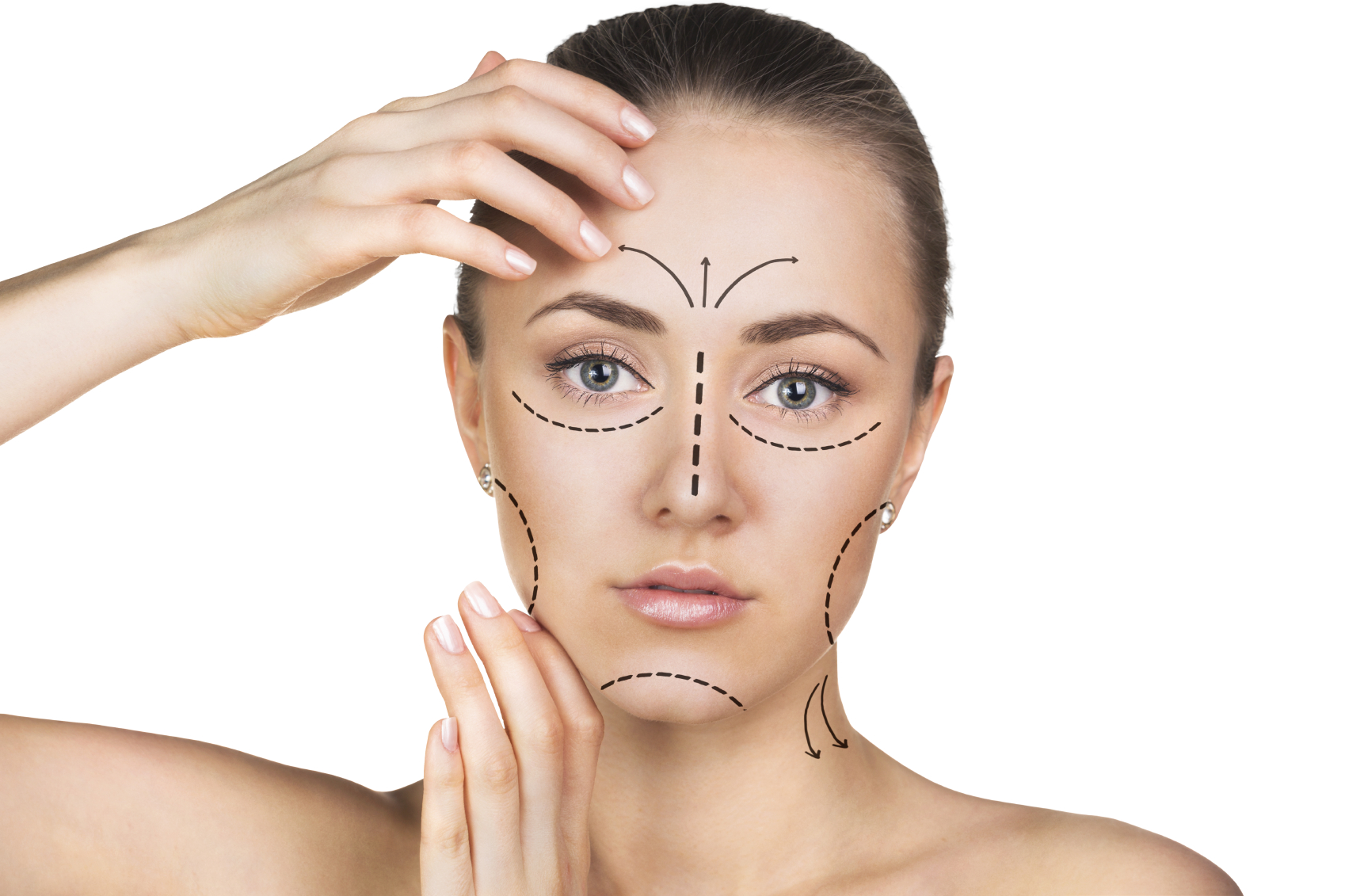At last, after a horrific week of two wretched exams, a five-page essay you unwisely decided to write during an all-nighter (bless you, Starbucks), 8 a.m. wakeups for class and numerous sessions of banging your head on your desk in utter frustration, the almighty hustle is over and Saturday night has arrived. (Let’s be real, you spent Friday night lying in bed like a potato.) Without a doubt, you know tonight calls for turning up. Tis the night to get yourself lookin’ on fleek, leave your stresses at home and Uber blissfully through neon-signed roads with your friends, knowing the eventide’s possibilities are as shiny as your metallic eyeshadow.
So, you begin prepping your appearance in the hopes of attaining true fleekness. What should be a quick and easy time of applying some light makeup, dolling up your hair and throwing on a cute outfit becomes a whole ordeal: the contouring, the hair-curling, the achievement of a perfect gradient in your eyeshadow, the right shimmer here, the right highlight there, and let’s not even get started on the agony of choosing a fashionable get-up. Before you know it, two hours have gone by, and you still ain’t ready.
Luckily, you can save yourself a whole lot of time and effort (and money on beauty products) with some good news: Science proves that a) you’re unable to accurately judge your own attractiveness and b) you’re more attractive than you think.
The Science of Attraction
First off, although attraction is often spoken about with subjective terms like “cute,” “hot” and the occasional “smokin’,” much of it boils down to science. Attraction is a primal instinct that, not unlike animal attraction, relies on scent (pheromones, specifically), and a cocktail of chemicals like serotonin, dopamine and adrenaline. Rutgers University anthropologist Helen Fisher even proved that the human brain can decide in one second whether or not someone is physically attractive. And besides science’s role, the rest is hugely personal and variable, as someone isn’t deemed attractive only when you can get a proper whiff of them. It’s their energy when they step into a room, their laugh, their sense of humor and exceptional combination of personality traits.
But even these immeasurable characteristics arguably come down to science, and the ones you think are doing you a disservice are actually working in your favor. Blushing, although it might make you want to crawl into a hole to cover your crimson red face and bashfulness, actually draws others towards you, and it’s proven to make you more attractive than those who play it cool when faced with embarrassment. Blushing subconsciously shows to others that you’re trustworthy, empathetic and cooperative with people, all of which bump up your relationship-material game. (But don’t take this as an excuse to pour blush powder all over your cheeks, unless you want to look hella rashy.)
And when it comes to smiling, you’d better flaunt those pearly whites and contract your facial muscles with proud glory, even if you aren’t a fan of how your smiling face looks. Particularly, a Duchenne Smile, which is genuine and characterized by specific facial muscle contractions (for you nerds, it’s the zygomatic major on the corners of the mouth and orbicularis oculi in your cheeks) is the most attractive, as it radiates positivity, sincerity and generosity. Basically, it’s the #goals of all smiles. Who wouldn’t want to be around someone bursting with good vibes and authentic happiness?
The funny thing, though, is that people don’t get to see themselves smile genuinely (unless they have a wandering, exuberant clone that no one else has managed to notice yet), so they don’t find themselves as enticing as others do. People literally lack the visual evidence of their own attractiveness that others receive on a daily basis.
Why You Think You Look Wonky in Photos (When You Actually Don’t)
To add even more to the complexity of attraction, people shape ideas of their own attractiveness from multiple sources, like social media and entertainment. And especially in this current Instagram-obsessed society, people shape ideas of their own attractiveness through photos they post and how others react to them. But plot twist: photos can’t always be trusted if you’re using them to gauge your own beauty.
Have you ever wondered why you find yourself to be utterly stunning in Snapchat selfies, yet slightly “off” in regular camera ones? (Hint: it’s not just because Snapchat has the flower crown filter.) Blame the mere-exposure effect, formulated by psychologist Robert Zajonc in 1968. It describes how repeated exposure to something creates more a positive attitude toward it. Basically, what’s more familiar to you is more attractive to you.
In terms of appearance, you’re most used to seeing yourself in a mirror, and you’ve become used to little idiosyncrasies of your face and how they look reflecting back at you, like how your nose leans a little to the right, and how you usually part your hair to the left. What sets Snapchat apart is that it saves selfies as if they were taken in a mirror; they’re how you’re used to seeing yourself, so you think you look great. But when you take a selfie through your phone’s camera app, the photo is reversed, and you’re left staring alarmingly at some morphed, uneven, unappealing version of yourself. “I look horrendous,” you think, but you’re actually looking at what others would find to be a more attractive version of you, since it’s what they are used to seeing when they look at you. Crazy, huh?
So, whenever you’re staring at a selfie wondering why you look so grotesque, everyone else might just be fawning over how good you look.
Keep in Mind, Beauty Is a Spectrum
So now, real talk: Even though the science holds true, beauty is still relative and incapable of being discussed narrowly. It’s complex, and outside factors, like culture and the times, play huge roles in setting standards for what’s deemed “beautiful,” and therefore, attractive.
However, the current decade renders you luckier than past ones.
Throughout the ages, there’s always been an idealistic, “perfect” form that women aim to have, but the 2010s are unique. Trends, revered body types and features from previous time periods are making comebacks in fashion and beauty, and they’re being shown on TV and in campaigns just like they were in past times. Like a mashup, anything that has ever been deemed attractive in the past is being represented and praised not just back then, but today. Diverse body types and looks are being depicted in the media and receiving value, which is perpetuating movements like body positivity. The prominence of the LGBTQ movement is also spawning awareness, respect and support for the diverse ways that people express themselves, regardless of the sex they were born with.
Attractiveness will always remain a puzzle, but you’ll always fit inside it: freckles, beauty marks, crooked smiles, curves and all. So just remember, no matter how long you spend getting ready in the bathroom, you’ll always be more attractive than you even know.
Thanks, science.

















